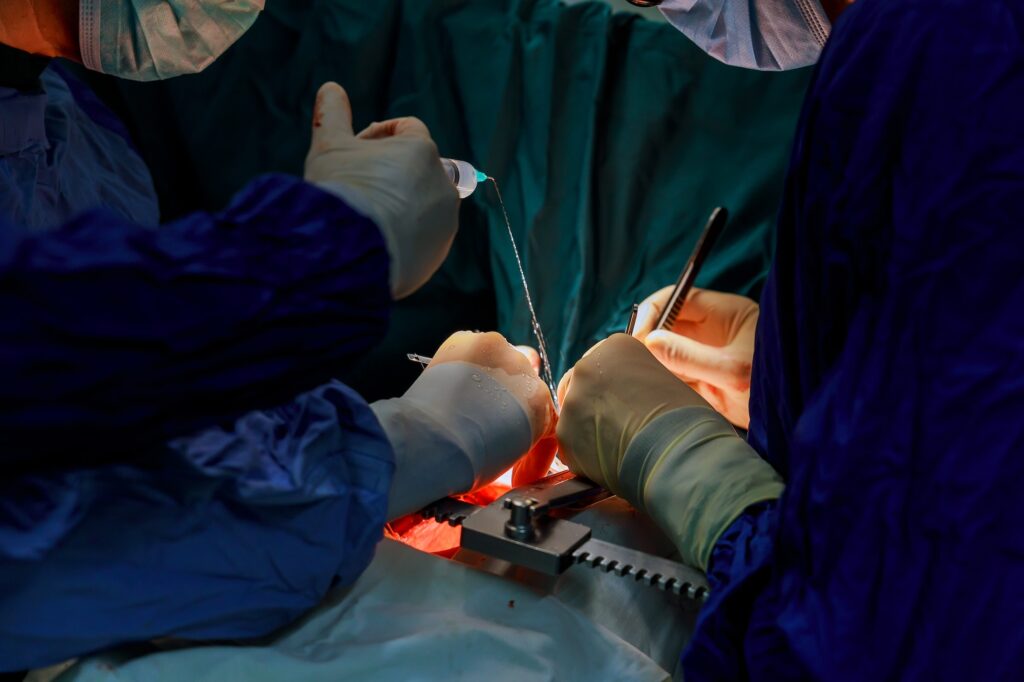Yalova Cardiology
Everything you need to know about your heart health. Your health is entrusted to us with high technology in Yalova.
coronary angiography
Coronary Angiography Interventions
Coronary angiography is an invasive medical procedure commonly used in the diagnosis and treatment of heart disease. It is performed by inserting a catheter through the arterial route into the heart. The catheter is injected into the vessels by injecting a special dyed substance and then images of the arteries of the heart are taken using X-ray equipment.
Coronary angiography provides the most accurate and precise result of the many tests used to confirm the presence of heart disease and determine treatment options. This procedure is recommended for patients at risk of heart attack or at risk of coronary artery disease.
Coronary artery disease can cause narrowing or blockage due to plaque deposits in the coronary arteries of the heart. This can lead to the heart muscle not getting enough oxygen and can cause serious complications such as a heart attack. Coronary angiography helps determine the location and severity of these blockages and helps determine the right treatment options.
Coronary angiography Procedure
Since coronary angiography is an invasive procedure, it is usually performed in a hospital. During the procedure, the patient’s heart function is closely monitored and necessary precautions are taken in case of any complications.
Before the procedure, the patient should be in a fasting and thirsty state. Blood tests and other tests such as an electrocardiogram (ECG) may also be performed before the procedure.
During the procedure, the patient is given a local anesthetic and then a catheter is passed through the femoral artery, usually in the groin area, or the brachial artery in the arm. The catheter is inserted into the coronary arteries and a radiopaque dye is injected. X-rays are used to take images of where the dye is circulating and to assess the condition of the coronary arteries.
During coronary angiography, there may be pain or discomfort in the area where the catheter is inserted. After the procedure, the patient may need to rest for a certain period of time before doing activities such as getting out of bed. Possible complications after the procedure, such as bleeding or infection, are also monitored and treated accordingly.
Coronary Angiography Results
After coronary angiography, the doctor assesses the condition of the patient’s heart vessels and determines the necessary treatment options. If blockages are found, treatments such as coronary angioplasty or coronary artery bypass surgery may be recommended.
Coronary angioplasty is a procedure that involves widening blocked coronary arteries and inserting stents. This opens up the blockage, improving blood flow and allowing more oxygen to reach the heart muscle.
Coronary artery bypass surgery is an operation to bypass blocked coronary arteries and restore normal blood flow. This procedure is recommended for patients with large blockages.
After coronary angiography, patients are usually kept under observation for a few hours and can be sent home the same day. It is important to avoid heavy physical activity for a few days after the procedure and take the recommended medications regularly.
In conclusion, coronary angiography is an important tool for the diagnosis and treatment of heart disease. The procedure helps with accurate diagnosis and treatment planning and can prevent serious complications such as heart attacks. However, as it is an invasive procedure, possible risks and complications should also be considered.


